There is an ancient castle in Queensland, Australia, that was constructed by a Spanish immigrant who, for a while, experienced constant problems. However, after being abandoned for a number of years, it is currently one of Queensland’s most visited tourist destinations.
Born in Catalonia, Spain, young José Paronella relocated to a nearby town and started a career as a baker when he got his start in life. He found it to be far more difficult than he had anticipated, so he decided to take a chance when he came across an advertisement for job in Australia. He was 26 years old when he landed in Sydney in 1913.
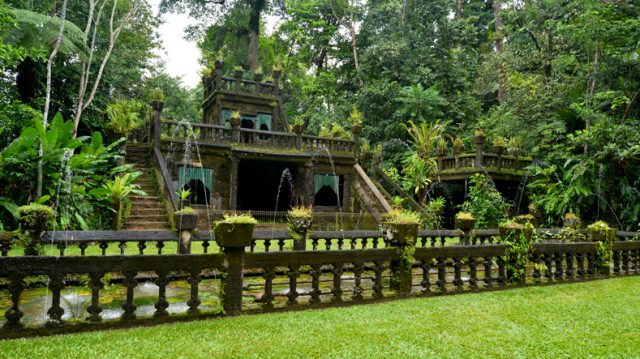
He saved every cent he could while working as a sugar cane cutter in North Queensland. He asked to be hired as a cook to provide food for the cane workers because he would arrive home every night with burnt hands and aching muscles.
In addition to serving classic fare like steak, chicken, eggs, and bread, he also provided several European-style dishes. He began his own sugar cane plantation with the money he saved, and he rapidly expanded into money lending, mining, and sugar cane property turnover.
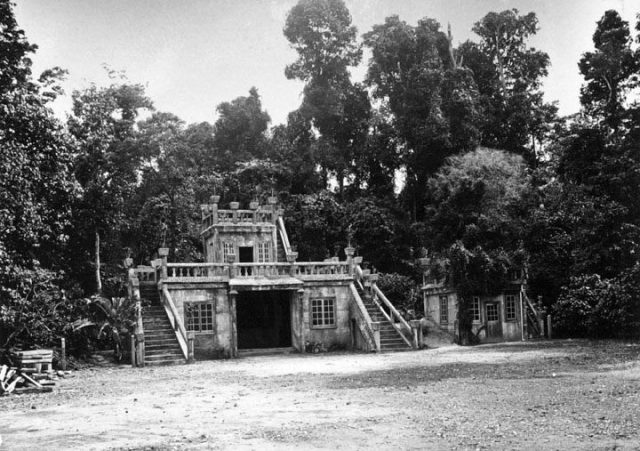
Paronella became an Australian citizen and was fairly wealthy by the time he was 34. Unfortunately, the underworld became interested in him because of his wealth. He went back to Spain out of fear that he would lose both his riches and perhaps his life.
He married Margarita, a woman he had known before leaving for Australia, while he was there. The pair traveled throughout Europe to study cafes, gardens, and architecture in order to gather inspiration for the Australian acreage José hoped to purchase.
Margarita found it difficult to adjust to life in Australia, but she eventually learned the language and settled in.
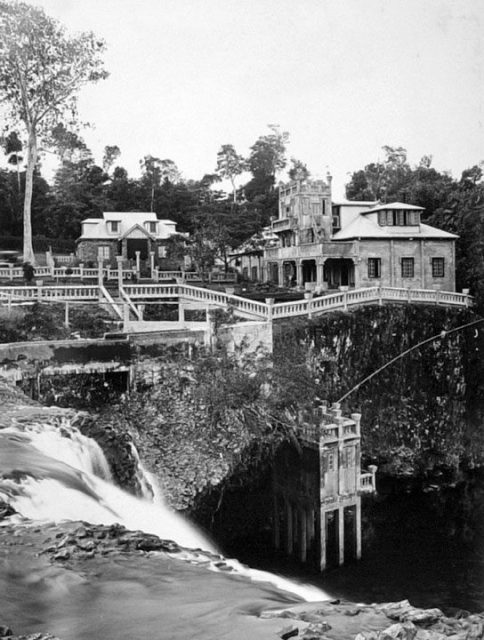
After looking for the ideal location for his dream castle, José discovered twelve acres on Mena Creek encircled by what are now National Parks.
After planting hundreds of trees, he went on to construct a house for his family. It was a modest stone home close to the site of his later-day fantasy castle. After his family had settled in, he started building the castle and remodeling the surrounding area.
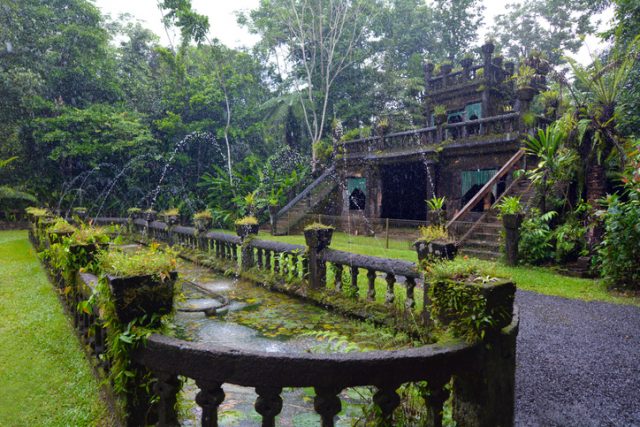
The majority of the labor was completed by José and Margarita alone, and José constructed a clever hydroelectric dam. The castle itself featured a big foyer, a large community room, a movie theatre, and places to purchase refreshments. On the grounds, they placed benches, a swimming pool, a tennis court, a playground, fountains, and waterfalls.
The public was always to be allowed access to the castle and its grounds, not José and Margarita’s intention to live there.
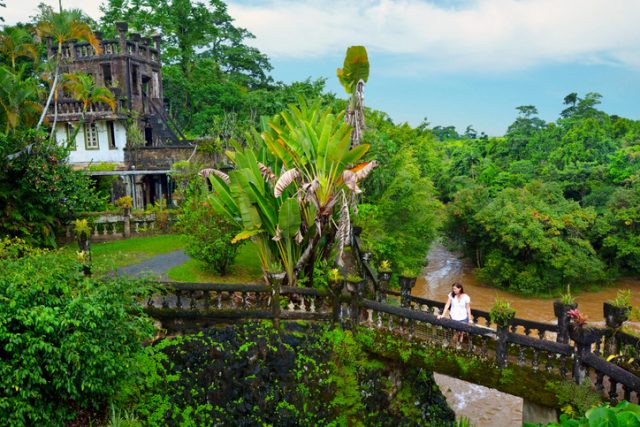
Paronella Park opened its doors in 1935. In addition to raising money for the Spanish Civil War, the Paronella family hosted dances and celebrations for the community, and American soldiers took an interest in the park during World War II.
Then problems started. According to the park’s website, the first issue arose in 1946 when a section of ground upstream lost its flora, resulting in rock and wood avalanches when the rains came. The lower levels and the hydroelectric system were virtually devastated. After repairs were finished, the castle reopened.

José was given a deadly stomach cancer diagnosis in 1947. A tropical cyclone that struck Queensland around the same time seriously damaged the park.
José’s health was failing, and the park needed maintenance, so it closed for six months without insurance. José died in August 1948, leaving his wife and two kids to take care of the park. Teresa, his daughter, got married and moved out, so Margarita and their son Joe tried to continue the park.
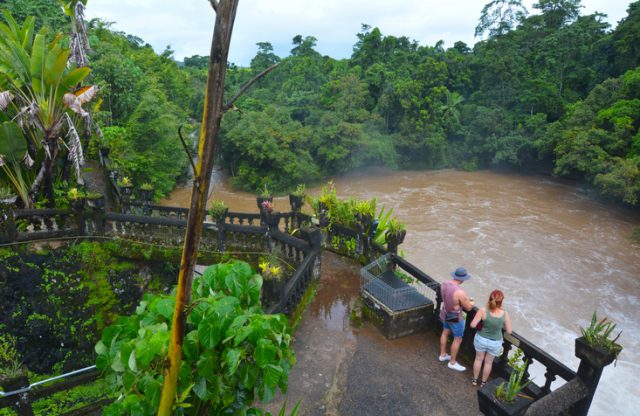
Margarita passed away in 1967, and Joe died in 1972, leaving the park in the Paronella grandchildren’s care.
The park was further destroyed by floods in 1967, 1972, and 1974, and the family found it to be too much to bear. José and Margarita sold their dream in 1977. The park had to close two years later after almost everything was destroyed by fire, with the exception of the castle’s outside walls. The grounds were further destroyed by Cyclone Winifred in 1986, and the land was left to deteriorate into the wild.
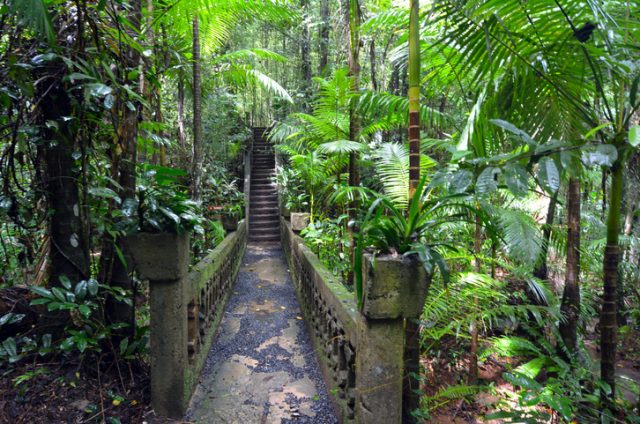
The park was purchased by Mark and Judy Evans in 1993 with the goal of bringing it back to its previous splendor. The project was repeatedly delayed by a flood in January 1994, Cyclone Larry in March 2006, and Cyclone Yasi in January 2011.
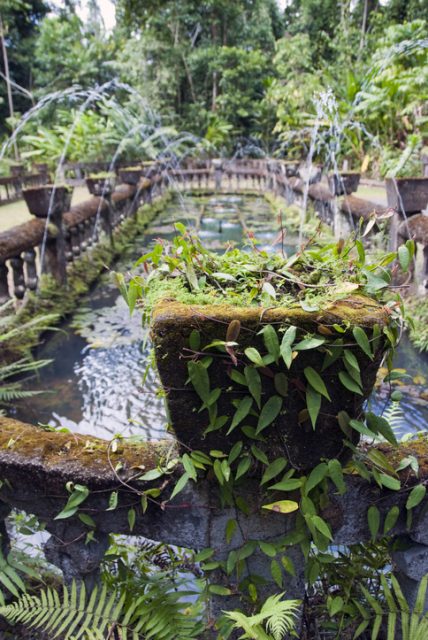
Reinstalled in 2009, the hydroelectric system restored the park with sustainable power after being shipped to Germany.